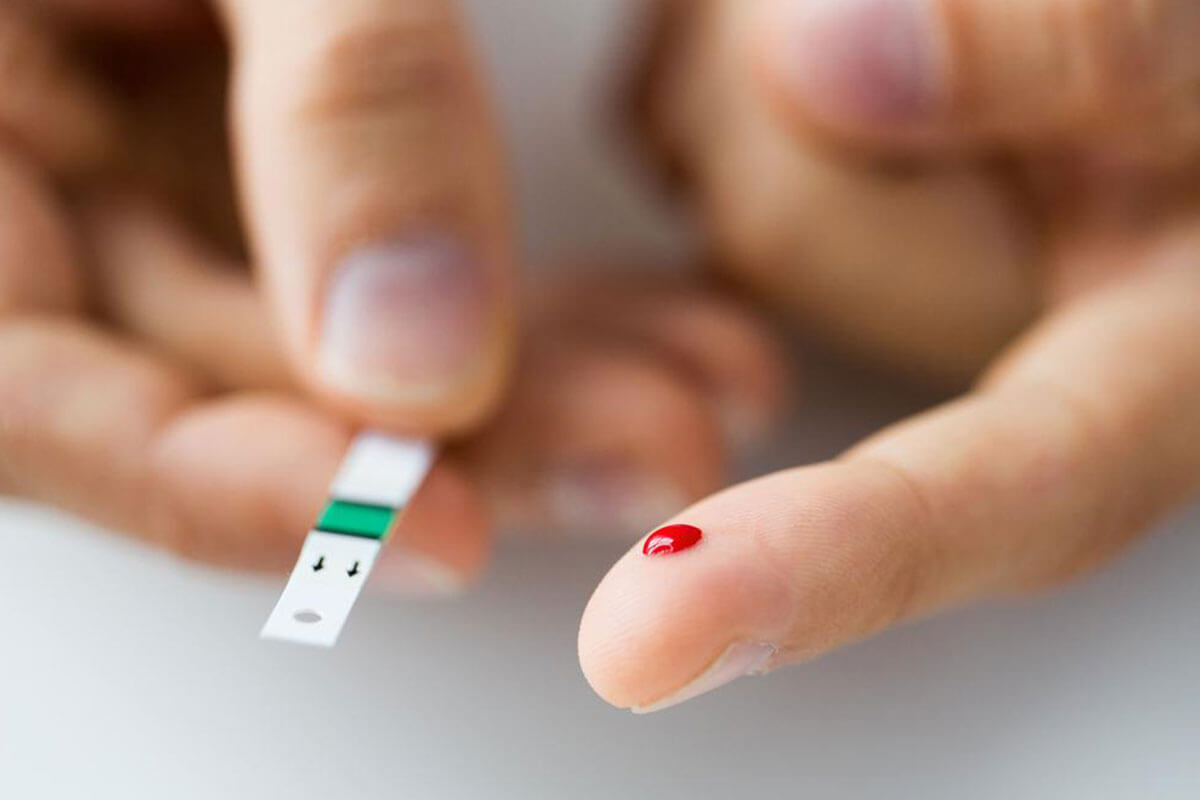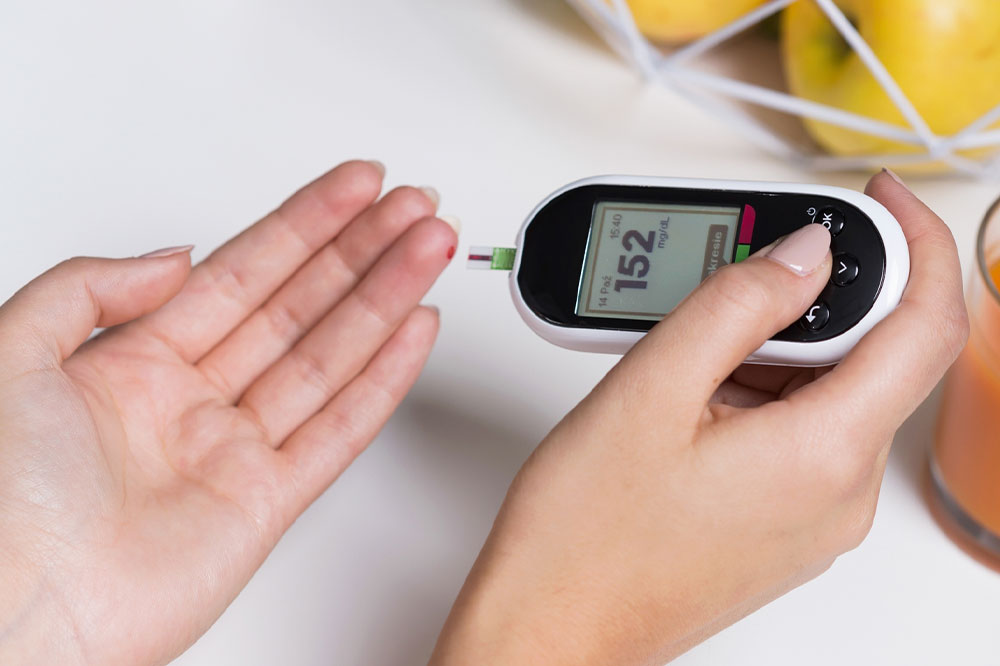Early Signs and Symptoms of Diabetes: How to Recognize the Disease Before It Advances
Recognizing early symptoms of diabetes is essential for timely diagnosis and prevention of severe complications. Key indicators include frequent urination, increased thirst, unexplained weight loss, and nerve symptoms. Lifestyle factors significantly influence the risk, and early detection can greatly improve health outcomes. This comprehensive guide highlights the importance of awareness, prevention, and management strategies to effectively combat diabetes before it advances to more serious phases.

Diabetes constitutes one of the most widespread health concerns globally, impacting an estimated 30 million individuals across different countries and regions. Despite its prevalence, many people remain unaware of their condition until severe complications develop, making early detection crucial. The disease is characterized by elevated blood glucose levels, resulting from an imbalance in insulin production or utilization. While genetics may influence susceptibility, lifestyle factors such as poor dietary habits, lack of physical activity, and compromised immune health play a vital role in the onset and progression of diabetes. Understanding the key early signs can significantly enhance management strategies, improve quality of life, and prevent long-term health issues.
Diabetes is primarily categorized into two main types: Type 1 and Type 2. In Type 1 diabetes, the body's immune system mistakenly attacks and destroys insulin-producing cells in the pancreas, leading to little or no insulin production. This form is often diagnosed in children and young adults. On the other hand, Type 2 diabetes involves insulin resistance, where the body's cells fail to respond properly to insulin, resulting in elevated blood sugar levels despite the pancreas producing insulin. It represents the majority of diabetes cases worldwide and is closely linked to lifestyle factors such as obesity, poor diet, and sedentary behavior.
Early recognition of symptoms is essential for timely intervention and better health outcomes. Some common early signs of diabetes include frequent urination, especially noticing an increase during nighttime. This symptom indicates that the kidneys are working overtime to get rid of excess glucose in the bloodstream. Increased thirst (polydipsia) often accompanies frequent urination because dehydration stimulates the sensation of thirst as a natural response to fluid loss. An increased appetite (polyphagia) is another warning indicator, where cells struggle to absorb glucose for energy, leading to persistent hunger despite adequate or excess food intake.
Unexpected weight loss may also be a sign, particularly in Type 1 diabetes, where the body starts breaking down fat and muscle for energy due to the inability to utilize glucose properly. Blurred vision can occur temporarily as fluid shifts within the eye, affecting focus and visual clarity. Additionally, numbness or tingling sensations in the feet and legs may arise early, indicating nerve damage or diabetic neuropathy, which can develop over time with prolonged high blood sugar levels. Recognizing these early symptoms can alert individuals to seek medical evaluation promptly, potentially preventing more serious complications like cardiovascular diseases, kidney failure, or permanent nerve damage.
Preventive measures such as maintaining a balanced diet, engaging in regular physical activity, and monitoring blood sugar levels are vital components of managing the risk of developing diabetes. Lifestyle modifications, early diagnosis, and adherence to medical advice can significantly impact the course of the disease, improving the prognosis and quality of life of affected individuals. Public awareness initiatives aimed at educating people about early warning signs are crucial in combating this silent epidemic and ensuring timely medical intervention.





